
Ultimate Guide on How to Take Dagala Thousand Lakes Trek in Bhutan
This amazing six-day trek takes you high into the foothills of the Himalayas, to an area where a multitude of crystal clear lakes shimmer in the bright sunlight. Located in the area of Thimphu and Paro, the Dagala Thousand Lakes Trek is one of the iconic trekking trails in Bhutan, and a unique chance to see some of the most stunning high mountains of the Bhutanese Himalayas in a short trek. Bhutan is the last remaining Himalayan kingdom, and with its pristine environment and policy of eco-friendly tourism, this is one trek that you will not want to miss in the Land of the Thunder Dragon.
The Highlights of Dagala Thousand Lakes Trek
• Medium level short trek
• Easy access from Paro and the capital city Thimphu
• A multitude of pristine and crystal clear lakes
• Epic vista of stunning Himalaya Mountains
• Gorgeous landscapes with lush wildflowers and meadows
• Ascending to holy Jomo (Dagala) Peak in 4,716 m
• Trekking with local herders and experience the original Bhutanese villages
The Dagala Thousand Lakes trek takes place in the area to the south of the Bhutanese capital of Thimphu, and the trailhead starts just to the south of the city, at the village of Geynizampa. Rated as a medium level trek in terms of difficulty, the trek is one that is somewhat strenuous, and while not really recommended for the novice trekker, with an average level of physical fitness, it is possible for even a beginner to complete the trek.
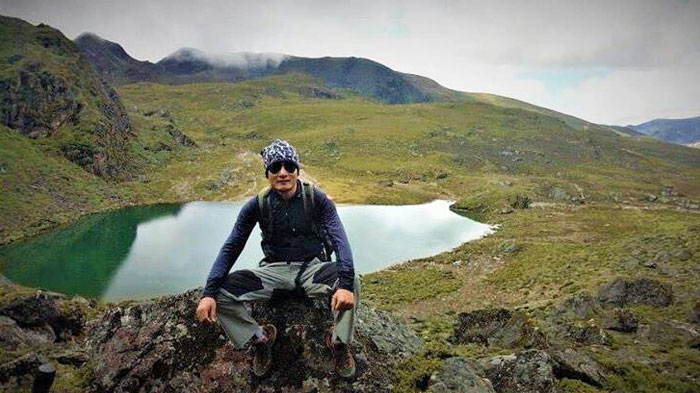 Bhutan Dagala Thousand Lakes Trek
Bhutan Dagala Thousand Lakes Trek
The trek does not actually have a thousand lakes, though there are a huge number of small pristine lakes along the route, many of which you can visit. The lakes are filled with fish, and when the days are clear, the rainbow trout can be seen swimming deep in the placid waters. The trek also gives you a great view of the mighty Himalayas Range to the north, including the stunning peaks of Jomolhari, Masanggang, Jichu Drake, and even Kanchenjunga on a clear day.
Dagala Thousand Lakes Trek Maps
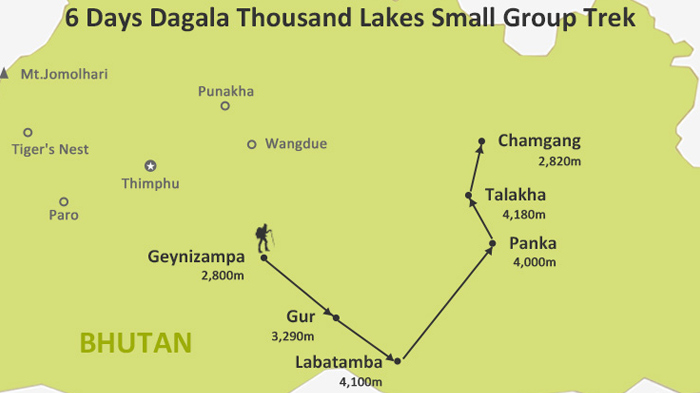 Dagala Thousand Lakes Trek Route Map
Dagala Thousand Lakes Trek Route Map
What can we explore during the day-by-day trek?
Day 1: Geynizampa (2,800 m) to Gur (3,290 m) (5 hours/7 km/550 m ascent/210 m descent)
Starting at the small but beautiful village of Geynizampa, the trek starts with a descent to cross the river that flows along the valley floor, and then continues up the other side of the valley, climbing to the huge platform of rock that gives a great view over the valley, all the way to the capital. From there, it is a two-hour hike along meadows and pasture land to Gur, a popular yak grazing pasture just below the trail.
Day 2: Gur (3,290 m) to Labatamba (4,300 m) (5 hours/12 km/1,220 m ascent/110 m descent)
The second day of the trek is a little harder, taking you along some of the high ridges of the area, through the rugged yet beautiful countryside and virgin forests. The day’s route takes you over a high mountain pass, which is marked by a large cairn of rocks, is one of the best places in the area to get a good view of Kanchenjunga, the third-highest mountain at 8,586 meters above sea level. Once over the pass, you drop down into the Labatamba Valley on the other side, and then start the climb up the other side of the valley to the campsite, next to the first of many lakes you will see on the trek, known as Uthso Tsho.
Day 3: Labatamba (4,300 m)
The third day of the trek will be set aside for resting from the strenuous treks to get to the lakes and is also an ideal opportunity to take a short trek to some of the other lakes in the area. There are three lakes nearby, Reli Tsho, Hen Tsho, and Jama Tsho. These stunning lakes are also a great place to get in some excellent trout fishing, as all of the lakes are stocked with rainbow trout, which can be fished with a local permit that we can acquire for you.
Day 4: Labatamba (4,300 m) to Pangkha (4,000 m) (6-7 hours/8 km/260 m ascent/520 m descent)
After your relaxing day of fishing, it is time to get back on the trail, and the day begins with a climb along the western side of Dala Tsho, up to the saddle of the ridge. From this high altitude ridge, you get to see some of the most stunning mountains in the world, and on a clear day, can see all the way across to Mount Everest in Nepal/Tibet. From the saddle, the trail descends to the Doccha Chhu Valley, passing by some of the local yak herder’s huts along the way. After a short trek following the river, you will reach the village of Pangkha, where you will camp for the night.
Day 5: Pangkha (4,000 m) - Talakha (4,180 m) (5-6 hours/8 km/720 m ascent/520 m descent)
While the day’s hiking will cross several passes between the mountains, there are none that are really hard today, and none require a steep climb. The area between Pangkha and Talakha is well known as a popular place for some of the mountain birds that reside in northwest Bhutan, and in the summer months, the fields are strewn with blue poppies. After crossing the final pass, you will start to descend to the valley and the Gompa at Talakha. Your campsite is right next to the monastery, and you will wake up to the Buddhist chants of the monks at prayer in the morning.
Day 6: Talakha (4,180 m) - Chamgang (2,820 m) (3 hours/6 km/1400 m descent)
The short walk from the monastery to the small village of Chamgang takes around three hours, following the service road for the monastery, which is little more than a dirt track. You can get a look around the monastery before you leave for the end of the trek at the village of Chamgang.
When is the best time to trek this route?
The highest point of the trek is at the rest stop at Labatamba, which lies at an altitude of 4,300 meters above sea level, which means that the trek is not as high as some treks in Bhutan, which have passed over 5,000 meters. The trek can, ideally, be done throughout the year, with the exception of the rainy season, from July to August.
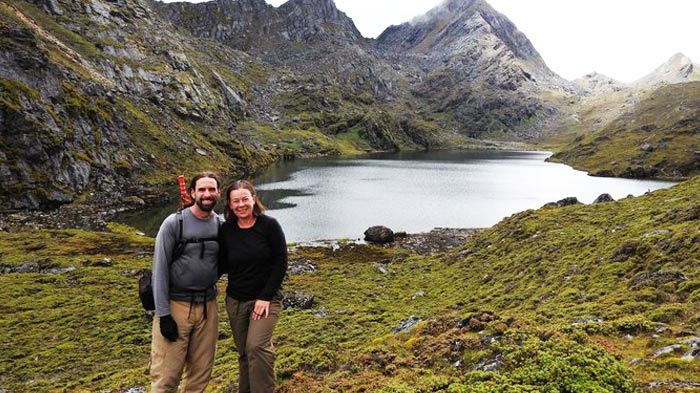 Dagala Thousand Lakes Trek in spring brings you to enjoy the crystal clear lakes shimmer in the bright sunlight.
Dagala Thousand Lakes Trek in spring brings you to enjoy the crystal clear lakes shimmer in the bright sunlight.
The best time of year to make the trek is in the spring and autumn, from April to June and from September to November. This is the time when the weather is at its best for trekking in Bhutan, with clear skies, very little rain, and with temperatures that are neither too hot nor too cold. The trek can be done in the winter months, from December to February, as the altitude is not too high and the weather is not too cold to trek, reaching lows of around -2 degrees in the coldest time of year.
Money that Dagala Thousand Lakes Trek costs
While treks in most countries can have a different cost, in Bhutan, there is a policy of the Minimum Daily Fee, which is regulated and set by the government for all tourists to the kingdom. All tours in Bhutan are set at a minimum cost of 250 US dollars per day in the peak season, and 200 US dollars per day in the low season. However, this is an all-inclusive cost, and there are no additional fees to pay for accommodation and such while you are in the kingdom. The cost of the tour always includes:
• Accommodation on twin sharing basis in 3 star standard hotels
• Three meals a day
• English speaking guide
• Visa arrangement
• Government royalty and taxes
• Transportation and sightseeing as per the itinerary
• Museum visiting fees
• Trekking equipment for trekkers, including tents, ponies for luggage, chef, etc.
• Bottled drinking water throughout the trip
However, the Minimum Daily Fee does not cover your airfare into Bhutan, any personal expenses and laundry costs, gratuities for the guide and driver, internal domestic flights, and our own travel insurance.
>> Ultimate Guide on Bhutan Trekking Routes Prices and All
What should we pack in advance before taking the trek in Bhutan?
What to pack for trekking in Bhutan largely depends on the season you are trekking in. From April to June and September to November, the weather is mild and even warm across most of the north of the country, and cold weather gear is not really necessary for most of the time. However, it can sometimes get a little chilly at night, so a warm sweater or jacket is useful once the sun goes down.
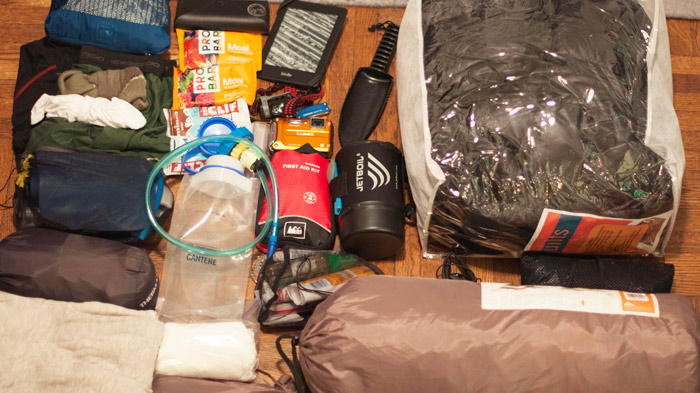 A sample of basic packing items for Dagala Thousand Lakes trek.
A sample of basic packing items for Dagala Thousand Lakes trek.
Trekking in the summer months is a little different, as the rainy season in Bhutan runs from June to August. While warmer clothing is not really required, you may want to pack some wet weather gear, as it can get a little wet, even in the high mountains of the north.
The winter months are the hardest to pack for, as there is a need to ensure that you can stay warm during the trekking and once you stop for rests or for the night. The weather in the winter can drop to below freezing at night, though in some areas this is only just below freezing. Packing layers of clothing to stay warm is essential, as are thick socks to protect your feet from the cold and good Gore-Tex gloves.
Accommodations and Meals during this Trek
Accommodation during the trek is mainly camping in tents, as there are few lodges and guesthouses in Bhutan, unlike in Nepal, where lodges can be found along almost all the trails. Bhutan does not have a commercial guesthouse culture along with its trekking trails, as many of them are in remote areas and are in environmental regions of the kingdom that are protected from development.
All meals are included on the cost of the trekking tour, and will be catered for by cooks and staff that will accompany you along the trail to ensure you get good, nutritious meals throughout the entire trekking period.
Conclusion
Trekking in Bhutan is one of the most amazing experiences in the world, and is one of the few places left on the planet where you can get so close to nature without seeing other people or cars and large towns. The unique environment of the kingdom makes it one of the most spectacular trekking regions in the world, and much of the trekking occurs in areas that still have no roads and only a few ancient trails. Without a doubt, a trek in Bhutan along the Dagala Thousand Lakes trail is one of the most exciting adventures you could ever take.
Join-in Most Popular Bhutan Trekking Tours
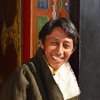
The Lhasa-born prodigy used to study business overseas, and got his Bachelor of Business in Nepal and India before moving back to his homeland. With pure passion for life and unlimited love for Tibet, Kunga started his guide career as early as 1997.
Responsible, considerate, and humorous, he devoted his entire life to guiding and serving international tourists traveling in Tibet. As a legendary Tibetan travel guru with 20-year pro guide experience. Currently, he is working in Tibet Vista as the Tour Operating Director. Whenever our clients run into trouble, he is your first call and will offer prompt support.
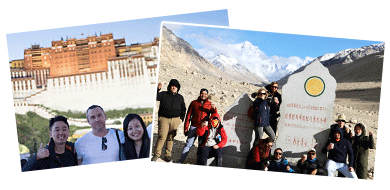

.jpg)


0 Comment ON "Ultimate Guide on How to Take Dagala Thousand Lakes Trek in Bhutan"